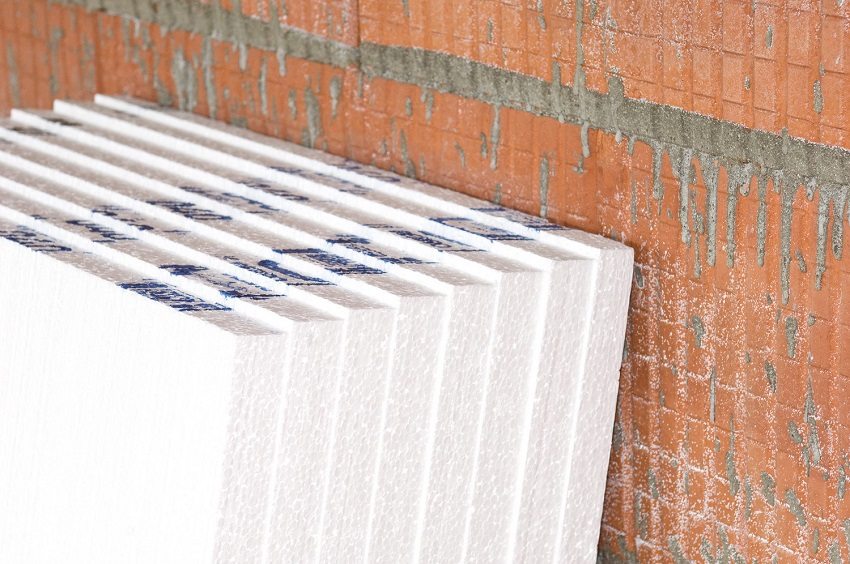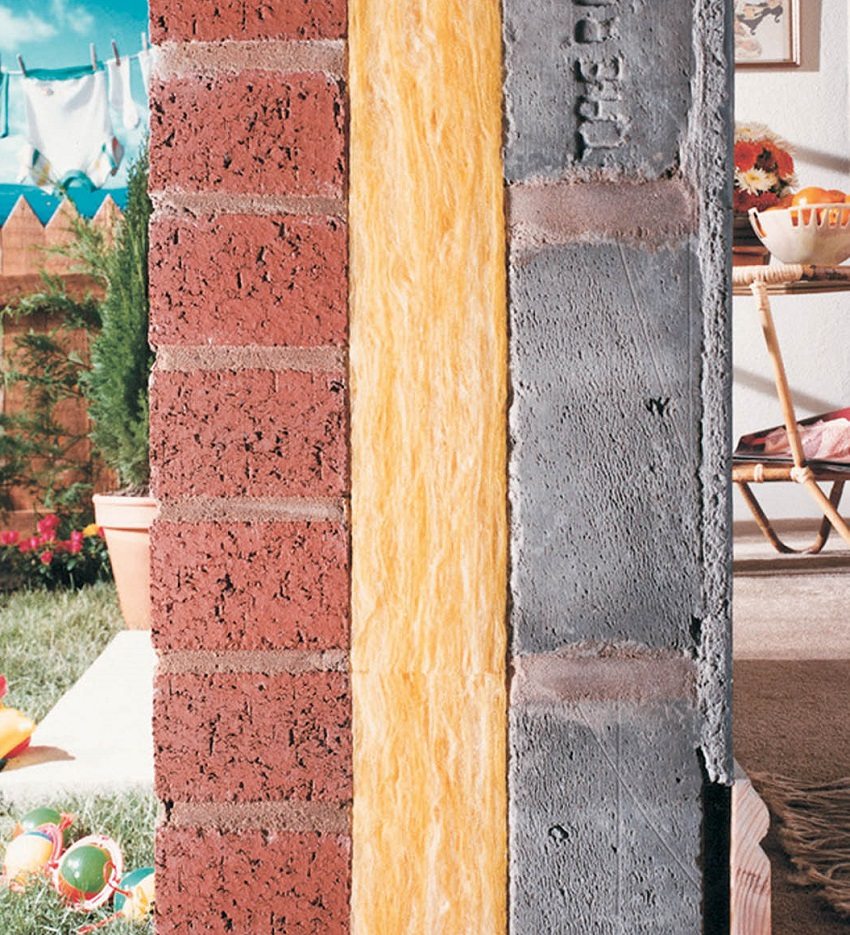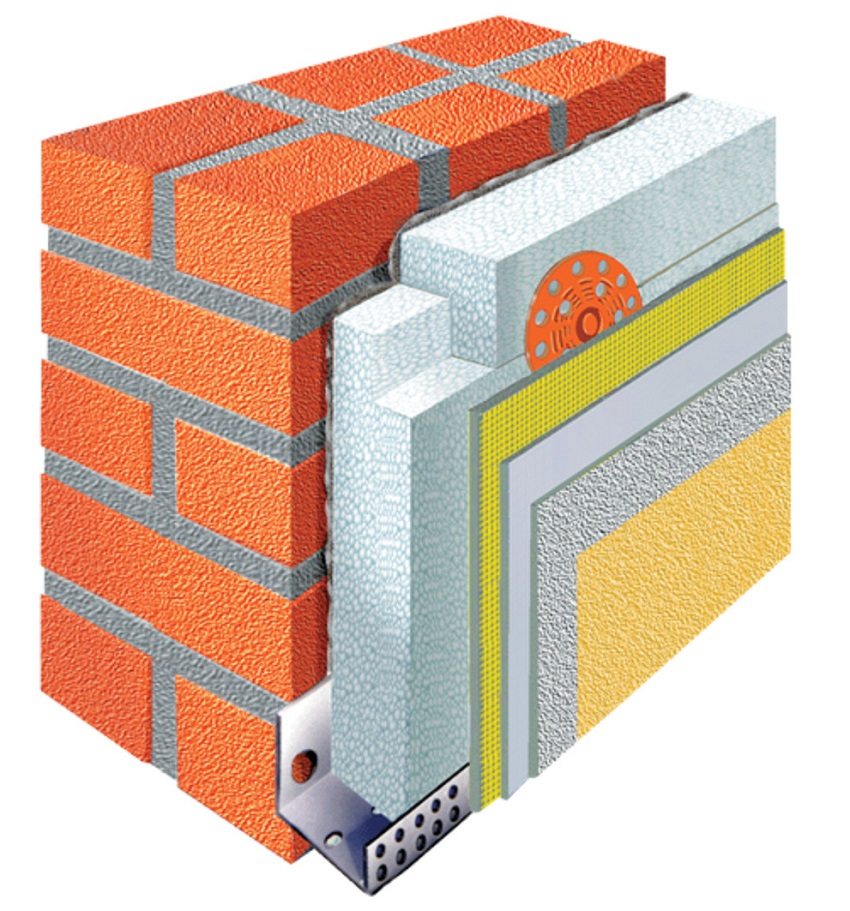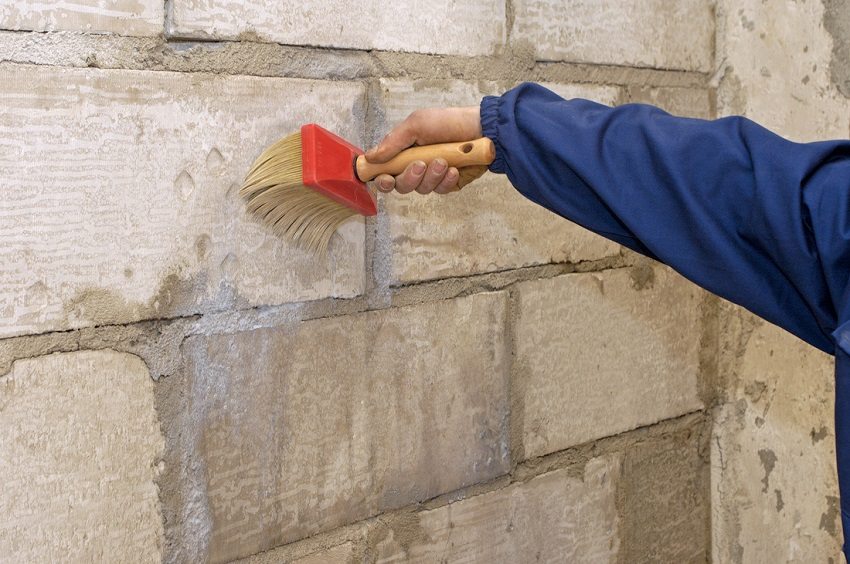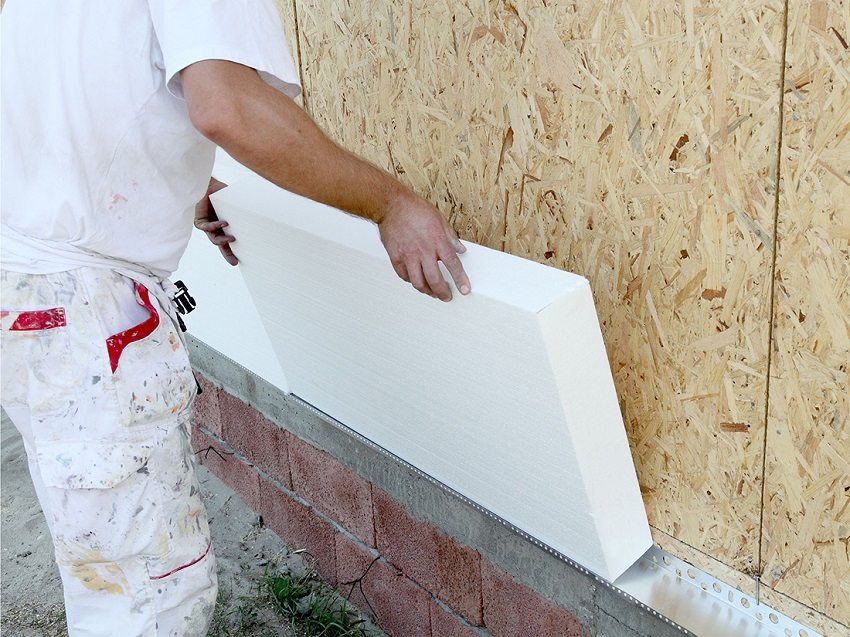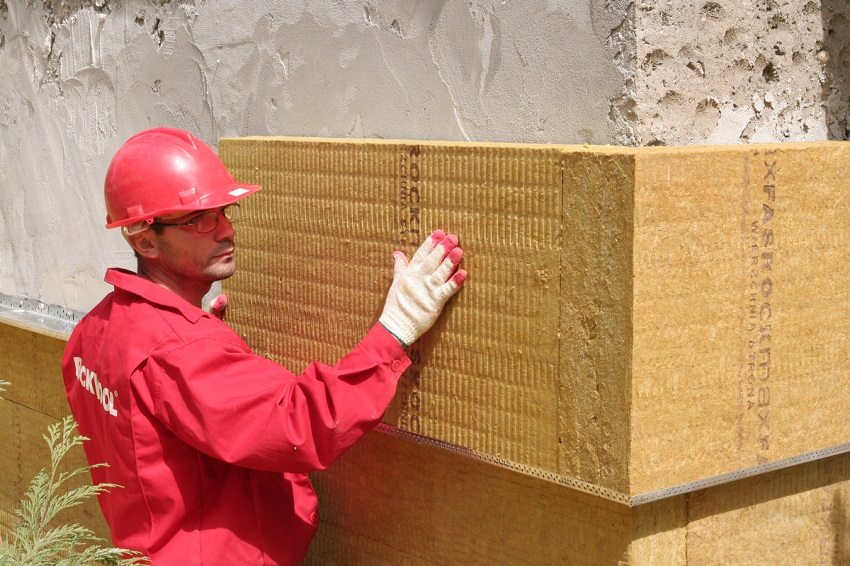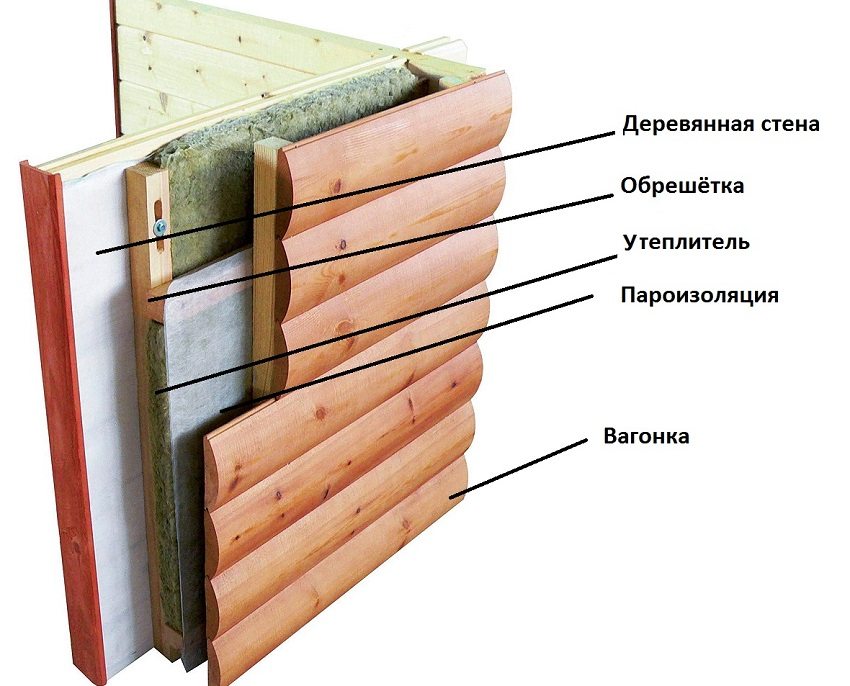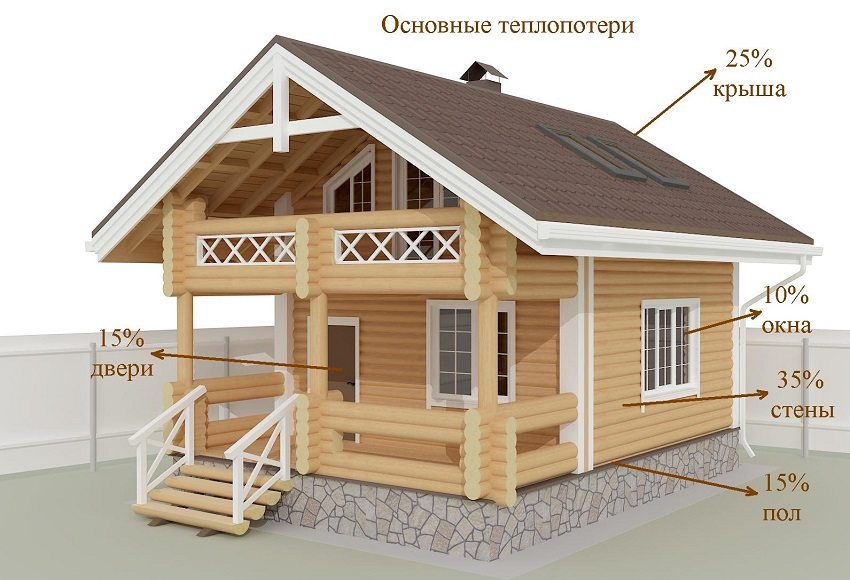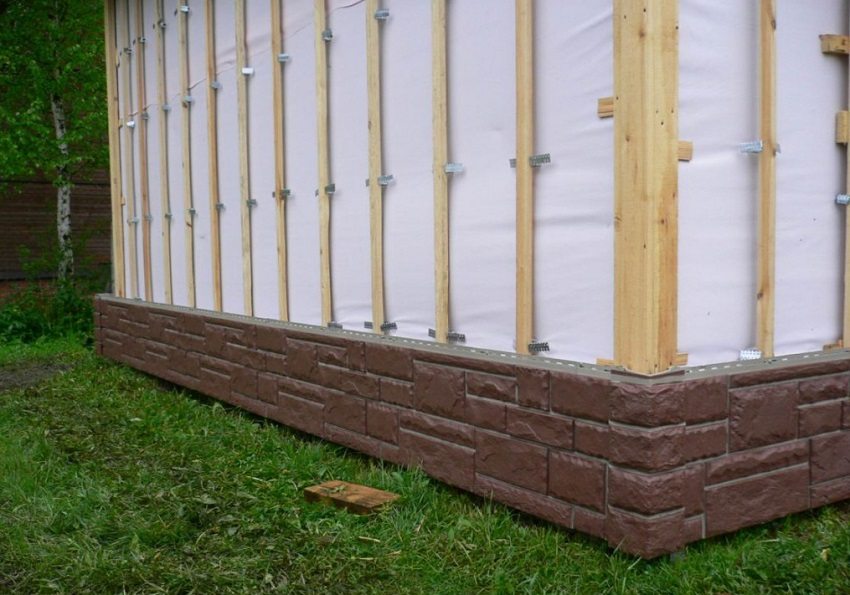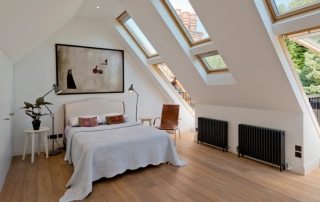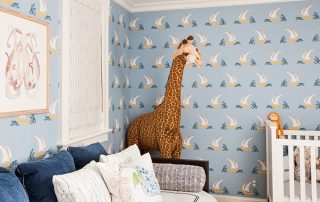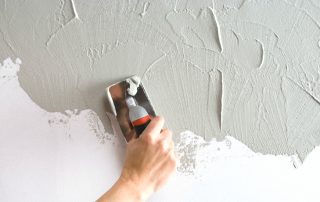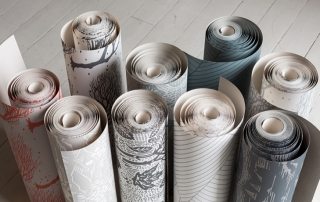It is possible to provide your home with warmth in the winter season and keep it cool in the summer, while significantly saving energy resources, by insulating the facade from the outside. The materials used for insulation should be such that they would not carry additional load on the foundation. How to insulate a house from the outside and with what? What kind of insulation to use for walls made of this or that material? We offer examples of various technologies and recommendations on how to insulate private houses from the outside for review.
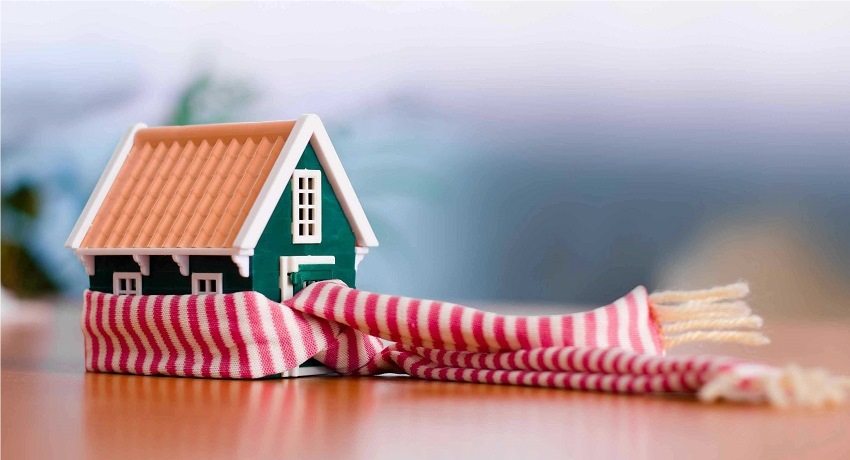
High quality house facade insulation will provide a comfortable microclimate all year round
Content
- 1 How to insulate a house from the outside and with what? Types of thermal insulation materials and their properties
- 2 Reasons and methods of exterior wall insulation
- 3 Preparation of the surface of external walls for processing with insulation
- 4 How to insulate houses outside with foam and foam with your own hands
- 5 How to insulate houses outside with mineral wool
- 6 How to insulate wooden houses outside with your own hands
How to insulate a house from the outside and with what? Types of thermal insulation materials and their properties
Answering the question, the better to insulate the walls of the house from the outside, you should familiarize yourself with the types and characteristics of materials for insulation. The main criteria when choosing thermal insulation materials are thermal conductivity, moisture resistance and vapor permeability. We will find out how you can insulate houses from the outside, using current types of thermal insulation.
Styrofoam
Expanded polystyrene (polystyrene) is a material consisting of air bubbles placed inside expanded polystyrene. It is produced in the form of slabs of different density. It has good insulating and moisture-resistant qualities, but it is vulnerable to the action of sunlight, is highly flammable, and emits harmful substances during combustion. In direct contact with liquid, it gains moisture.
Useful advice! It is known from the reviews: wall insulation outside with foam requires the arrangement of a high-quality forced ventilation system.
The technology of the process is thoroughly demonstrated by the video "How to insulate houses with foam outside":
Mineral wool
Mineral wool (mineral wool) is a fibrous material. It is produced in the form of slabs and rolls. The density of the material ranges from 20 to 200 kg / m³. The main advantages of mineral wool are its excellent sound insulation, vapor permeability and fire resistance. Among the shortcomings, it should be noted the possibility of moisture absorption and, as a result, loss of insulating qualities, as well as the likelihood that small rodents can start in it. On the Internet you can find examples of videos "How to insulate houses outside with mineral wool."
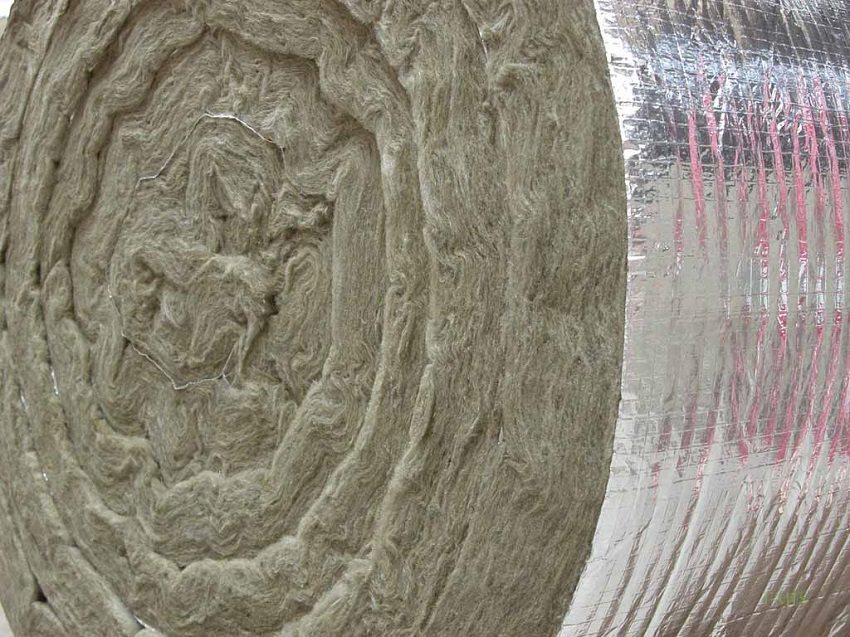
Mineral wool is an environmentally friendly material with good sound and thermal insulation properties
Extruded polystyrene foam
Penoplex (extruded polystyrene foam) is a sample of the modern generation of thermal insulation materials. Penoplex boards have high compressive strength, low vapor permeability, fire resistance and minimal thermal conductivity. Due to its low water absorption, this material can be used in any weather conditions. Foam boards are easy to cut with a knife and quickly assembled. To get acquainted in more detail with the technology of insulation with penoplex, you can watch thematic videos on the Internet "How to insulate a house outside with penoplex with your own hands."
Polyurethane foam
Polyurethane foam is a liquid insulation, the technology of which ensures the absence of cracks and joints. When insulating with polyurethane foam, cold bridges are not formed, which contribute to the formation of condensation and wetting of the wall. It is not hygroscopic, can be used as waterproofing, and is environmentally friendly. Differs in frost resistance and heat resistance.

Basalt slabs are a fire-resistant, environmentally friendly thermal insulation material with a long service life
Basalt slabs
Insulation in the form of large rectangular slabs based on basalt fiber. Among the advantages: excellent soundproofing, high thermal insulation, incombustibility, resistance to high temperatures and its drops, water resistance. Insulation made of basalt slabs is not subject to the decay process, mice and other rodents do not start in it, and thanks to the rather large dimensions of the slabs, it easily and quickly covers a significant area of the wall. Sufficient insulation density allows you to arrange a layer of decorative coating on the front of the wall. The operational periods reach one hundred years.
A careful study of the properties of insulation will allow you to determine the best way to insulate the outside of the house. To understand the issues of thermal insulation will help the video "How and how to insulate brick houses outside":
Reasons and methods of exterior wall insulation
Many, in order to maintain a comfortable temperature in winter and at the same time save money, try to insulate their houses outside with their own hands. There can be many reasons for this: from cracks, drafts and ending with the weak functioning of the heating system. But still, the main source of temperature decrease in the house is walls made of materials that do not have thermal insulation properties.
Having decided to insulate the walls, it is important to know that it is their outer sides that must be processed. Insulation of the walls from the inside will lead to the fact that the insulation will stop the access of heat to the very surface of the wall. The dew point will move towards the room, which will lead to the formation of condensation and moisture. This will lead to the appearance of a fungus, which is so detrimental to the human body.
There are several ways to insulate walls outside in a private house:
- it is possible to glue the insulating material to the front wall using special glue, followed by finishing the walls with plaster ("wet facade«);
- arrange walls from three non-ventilated layers. The insulation is fixed with a solution. Then a small airspace is left and an outer wall one brick thick is erected;
- mount a ventilated facade. For this, a heater is applied to the waterproofing layer. It is covered with windbreak and sutured vinyl siding or other decorative and protective material.
When deciding how to insulate brick houses from the outside, it must be borne in mind that each version of the thermal insulation device has its own technology and, depending on this, can be produced at different times of the year.
Preparation of the surface of external walls for processing with insulation
As soon as you decide how to insulate the walls of the house from the outside, you need to start preparing the surface of the walls for processing with a heat-insulating compound. First of all, a layer of old plaster or other finishing material of the outer walls is removed. If there are irregularities and depressions on the surface, they must be leveled with a solution, and all the bulges must be cut flush with the wall.
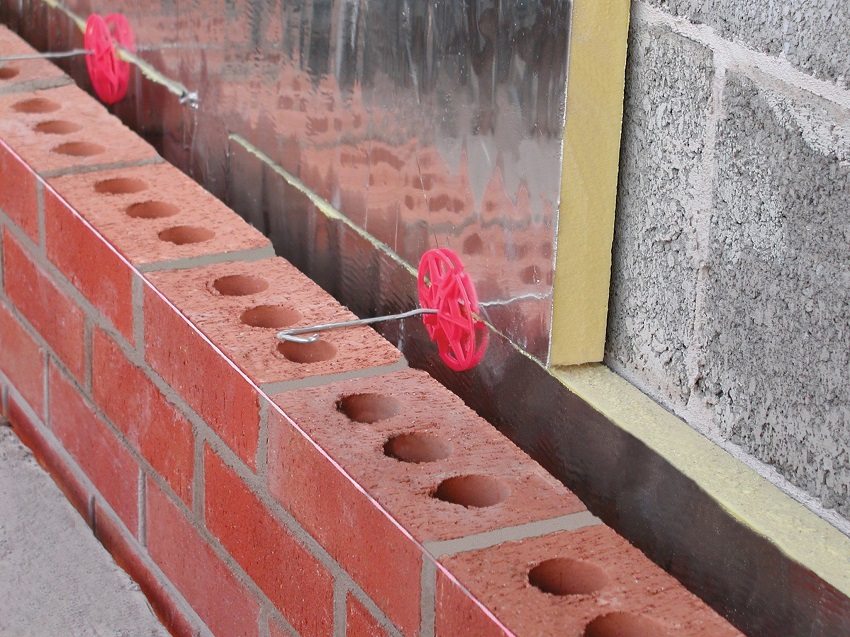
Arrangement of a non-ventilated facade of three layers using foam boards
Next, the wall should be thoroughly cleaned of dust and debris formed as a result of removing the plaster. Then prime with a deep penetration mortar.
The further finishing of the wall or the cladding device depends on how even the layer of insulation will be. For this, plumb lines and beacons are used. Anchors are attached to the upper edge of the wall surface, threads with plumb lines are suspended on them and lowered down. With the help of horizontal threads, a surface control grid is arranged for a reference point when constructing a frame or directly for thermal insulation.
The quality of the preparation of the surface of the walls for thermal insulation will determine how the wall of a brick house is insulated from the outside.
How to insulate houses outside with foam and foam with your own hands
Thermal insulation plates of polystyrene and polystyrene foam are used mainly for insulating brick, block and concrete walls of houses. When the surface of the outer wall is prepared, they begin to insulate the house from the blocks from the outside. If foam is used as an insulating material, it is very important to thoroughly dry the walls, otherwise the material may become saturated with moisture and lose the properties of a heat insulator. This nuance must be especially taken into account before insulating a house from blocks from the outside.
How to insulate a house from foam blocks outside with foam plastic for subsequent finishing with decorative plaster? Styrofoam or polystyrene sheets are attached to the wall using a special adhesive. In order to glue the first row of boards evenly, it is recommended to fix the finishing strip along the lower edge of the wall. After applying the glue, the sheets are pressed against the wall with little force. You can additionally fix the sheets using dowels-fungi in the center and at the corners of the sheet. Using a level and plumb lines, the plane of the applied foam layer is controlled.
As soon as the first layer grasps well, proceed to the installation of the next one. It is recommended to shift the sheets of the second foam layer relative to the rows of the first layer. This will allow the dowels to hold the middle of the previous foam sheet.
Related article:
Do-it-yourself wall insulation with foam: step-by-step instructions
Features of polystyrene and its use as insulation on external walls.
In places where windows and wall corners are located, a frame is installed from the corner, to which the insulation is attached. Docking seams are sealed with reinforcing tape. As soon as the insulation is applied to all walls, the surface reinforced with plaster mesh... Further, the surface is treated with a primer and plastered. Care must be taken to ensure that no cracks and gaps remain through which the insulation is visible.
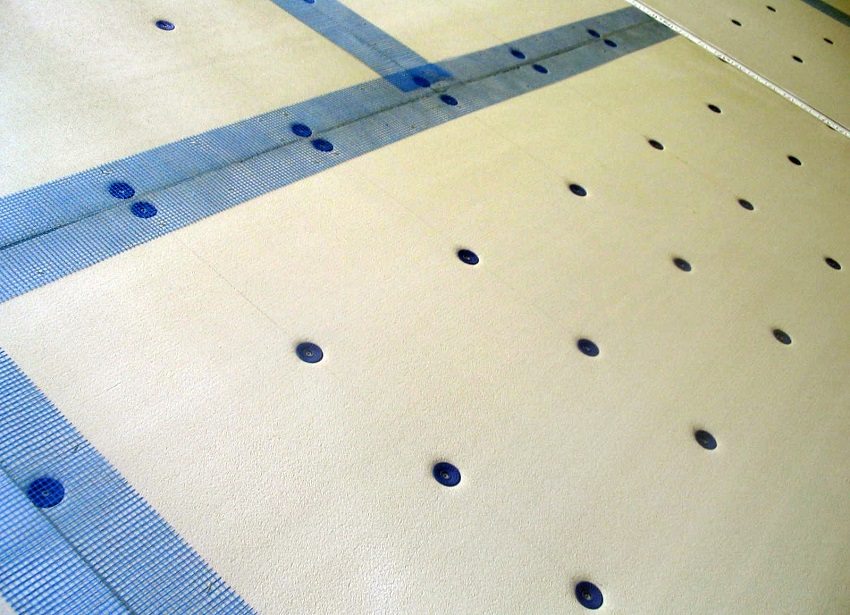
For greater strength, the construction of insulation plates is attached to the wall using dowels-fungi, and the seams are glued with reinforcing tape
Useful advice! If penoplex acts as a heater, the surface of the plates is treated with a needle roller before installation in order to give them a rough structure. This is necessary for better adhesion of the foam to the wall surface.
Sometimes they use the method of wall insulation with foam plastic by means of wooden slats. Such installation of insulation allows you to use the lathing lathing for wall cladding with finishing material (clapboard, siding).
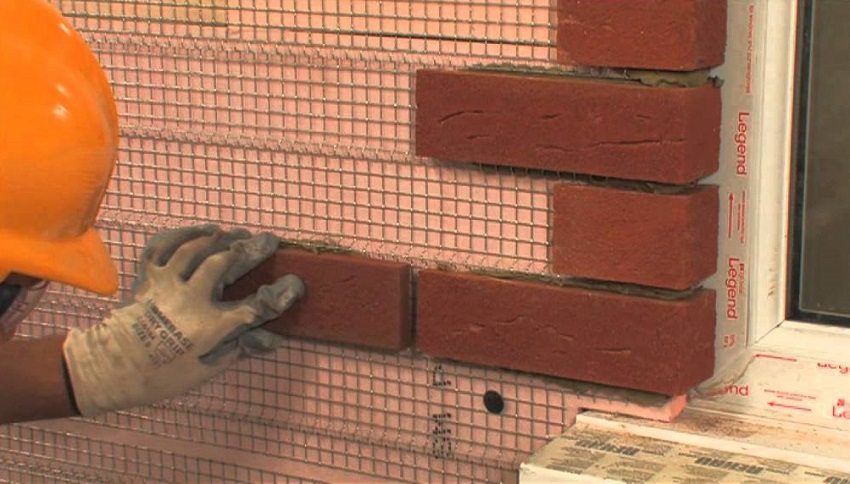
For quality exterior wall cladding the layer of insulation should be laid as evenly as possible
How to insulate a house from a foam block from the outside with slats? First, a frame is made. The width of the slats for the frame must be greater than the thickness of the insulating material - then a cavity for ventilation is formed between the foam and the cladding material. The distance between the frame slats should be slightly less than the width of the inserted sheet of insulation, so that it fits tightly between them on the spacer.
Explore the advice of professionals on the best way to insulate a brick house from the outside. On the Internet, you can see the video "How to insulate houses outside with foam with your own hands."
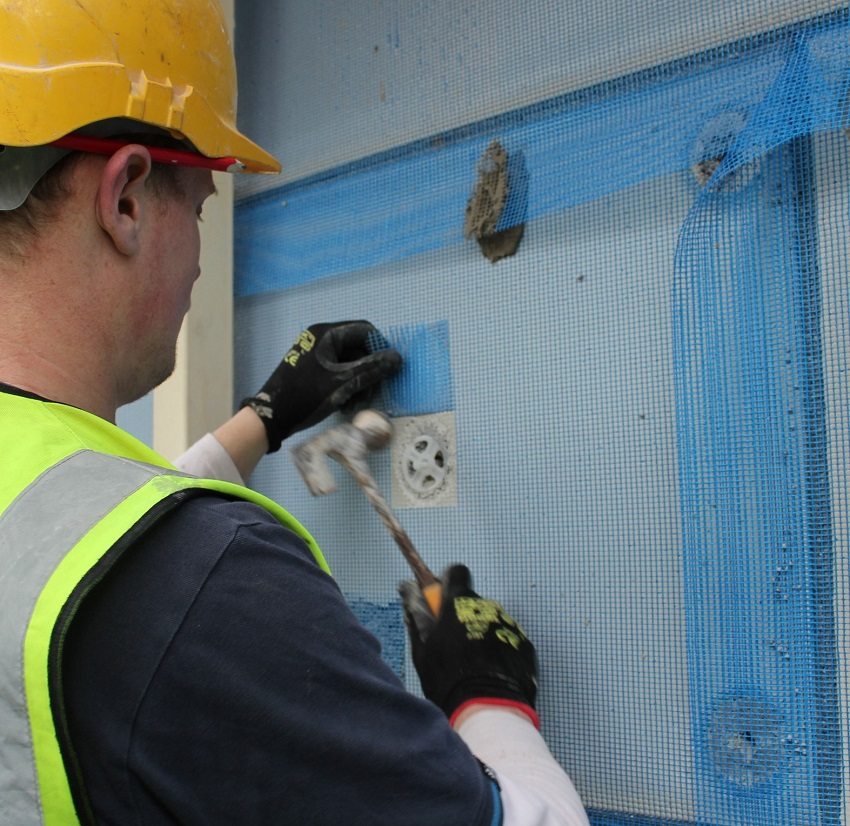
For the subsequent application of decorative plaster, the insulation layer is reinforced with a glass mesh
How to insulate houses outside with mineral wool
Many people use mineral wool for thermal insulation. This type of insulation is suitable for a house whose walls are built of blocks, brick or wood. To fasten the insulation to be of high quality and reliable, use a frame made of slats. Here, a spacing technique is also used, that is, the distance between the battens should be slightly less than the width of the mineral wool slab. This can achieve a tight entry of the insulation between the frame posts.
If you insulate a log house from the outside, the walls of which have an uneven surface, use slabs of two-layer mineral wool with different layer densities. Loose layers of insulation provide high-quality grip on uneven log surfaces. For arranging wind and water protection when insulating walls with mineral wool, you can use plastic wrap. Decorative brickwork, siding and other materials are used as facing material.
How to insulate wooden houses outside with your own hands
How to properly insulate wooden houses from the outside so that the facade remains outwardly aesthetic? Experts recommend doing this using mineral wool, paying attention to the fact that the vapor permeability of the walls must be ensured. As vapor barrier use plastic wrap or aluminum foil.
Arrange a vapor barrier using slats. They are fixed to the facade vertically and a vapor barrier material is mounted to them with the help of brackets. After carrying out these stages, the facade is sheathed with decorative material.
How is a log house insulated from the outside using mineral wool? Before insulating a house from a bar outside, familiarize yourself with the main stages of the technological process:
- arrange a vapor barrier using various films. For this to the facade timber houses the slats are nailed vertically and a vapor barrier material is attached to them with staples. A polyethylene film or aluminum foil is used as a vapor barrier. To ensure high-quality ventilation, ventilation holes with a diameter of 200 mm are arranged between the main slats;
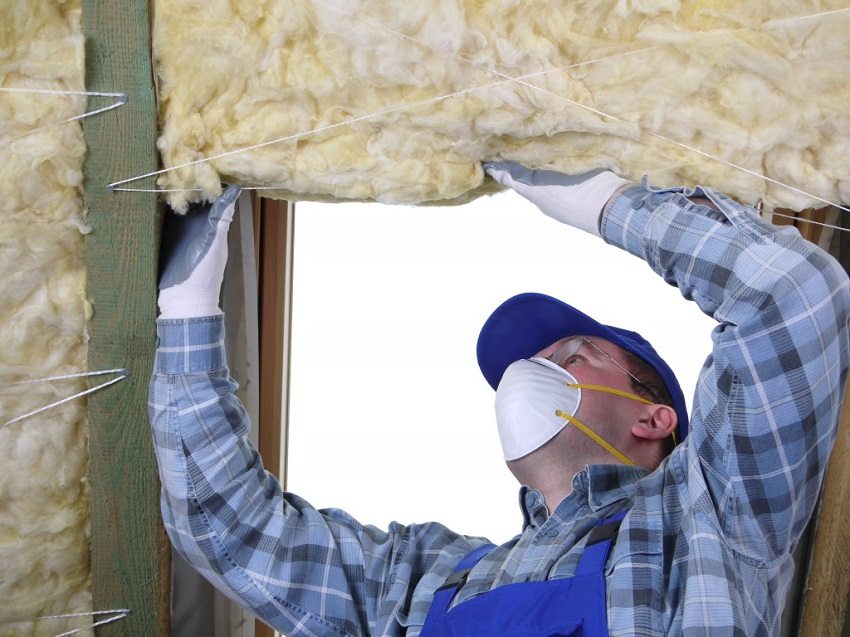
The distance between the spacers of the frame should be slightly less than the width of the insulation for the most dense installation
Useful advice! To avoid the ingress of water or moisture, the places where the material is fastened with staples to the rails are glued with tape.
- then a frame for insulation is arranged. Wooden boards 50 mm thick and about 100 mm wide are attached to the wall vertically on the edge and insulation layers are inserted between them. It is recommended to insert the insulation boards close to each other, leaving no gaps so that the entire surface is tightly covered with them;
- when laying the second layer, place the slabs so that the butt joints of the second layer are in the middle of the first slabs. The thickness of each layer is 5 cm. Due to its properties, mineral wool slabs are firmly held between the boards, do not slip and do not require additional fixation;
- the next step is to arrange a waterproofing layer. The waterproofing film is attached to the crate with staples or nailed. It is recommended to overlap the coating with an overlap and treat the joint seams with self-adhesive tape to exclude water ingress;
- for cladding the insulated facade over the waterproofing film, slats with dimensions of 30x50 mm are stuffed. Then air exchange between the vapor barrier and the wall cladding will be ensured, contributing to the natural drying of moisture. The bottom end of all layers is covered with a net to prevent rodents from entering. The facade of the house is faced with decorative material based on personal preference.
For a more complete understanding of the technology for performing thermal insulation work and studying the opinions of experts on how best to insulate a wooden house from the outside, take an interest in the information that is on the network. Reviews of masters and home owners from the video "How to insulate wooden houses outside" will be especially useful in this matter.
Considering the fact that walls occupy a significant part of the area, their insulation can give the maximum effect of keeping warm in the house.
